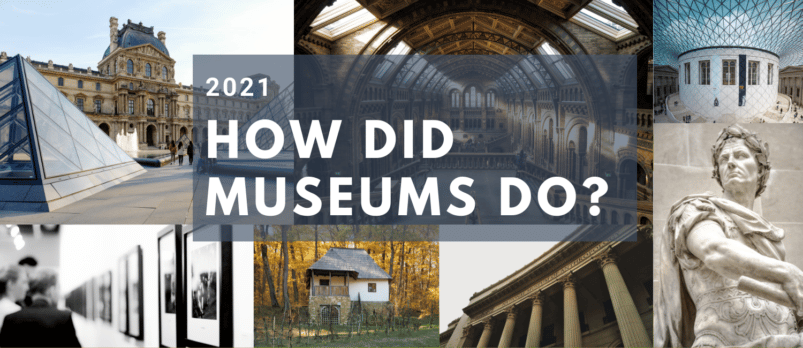The European Museum Academy (EMA) has released a report with retrospectives of 2021 in museums across Europe. Museum professionals from across Europe have provided insights into how their countries handled the challenges of 2021.
Whilst sites across Europe all felt the effects of the pandemic, the circumstances were often different. Not every country had lockdowns, and those that did had them at slightly different times. There were, however, certain trends across Europe in how museums coped with the ongoing pandemic.
The digital revolution
Firstly, the digital revolution: museum representatives in almost every country noted that digital engagement was continuing and prospering. Over the last two years collections have been digitised in a scale never before seen, and remote accessibility has vastly increased. In Hungary, museum professionals noted that they could reach a much wider audience than had been possible pre-pandemic. Museum professionals from smaller countries enjoyed speaking to an international audience at conferences in a way that was previously impossible.
Not all progress on digital initiatives was fast, however. In Bulgaria, for example, the representatives noted that, whilst digital projects were being worked on, they were few and far between. It is expected that 2022 will be the year that many digital projects will come to fruition.
Museum visitor numbers still low
Whilst many countries reported higher visitor numbers in 2021 than 2020, they were still significantly lower than pre-pandemic.
Optimistically, a number of representatives noticed that domestic tourism had greatly increased. Both Spain and the United Kingdom saw significant benefits from ‘staycation’ tourism, and overall it appears that people took more interest in museums in their region and country.
Some museums used the restrictions as an opportunity to do more work behind the scenes. In North Macedonia, staff used the lockdowns to work on documentation and conservation. In general, many representatives reported that they were dedicating much more time to strategy and crisis plans for the future.
It appears that museums overall have managed much better than could have been expected
EMA report, page 3
Whilst state supported heritage sites have not had an easy path, it appears that private museums suffered the most in 2021. In Romania and Georgia there were almost no job losses at state-subsidised museums, whereas private institutions lost a significant amount of staff.
What has been a clear frustration for many staff across Europe is the unpredictability of pandemic restrictions. The Austrian representative noted that staff not only had to do more work to ensure that their museums could remain open, but also that the rules would change very frequently.
On a happier note, many countries found no indication that museums were hotspots for virus. Clearly the measures put in place to reduce the spread have had an impact.
Optimism for the future
As of the start of 2022, it seems that museums have had to change greatly. The insights provided in this report show that whilst the past few years have been difficult, heritage and culture’s place in our European society is vitally important. How have your museums managed in the last year?
Read the full EMA report here.

